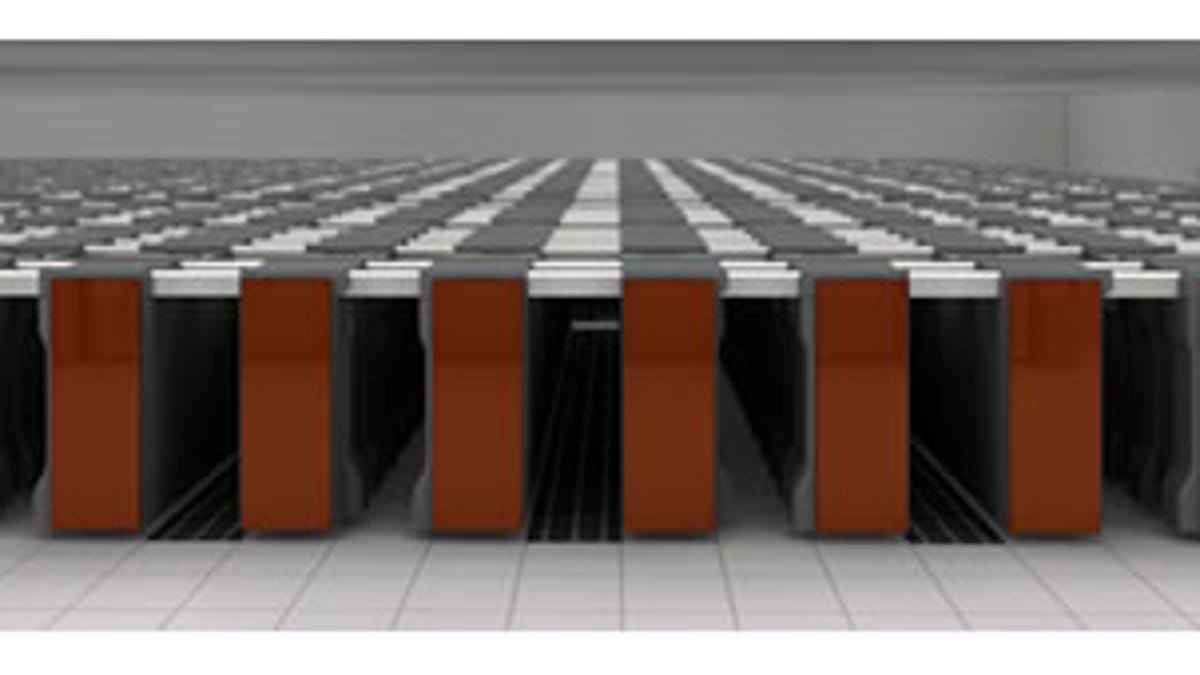Fujitsu starts shipping next-gen supercomputer
The system, called K, will have 80,000 processors and is designed to perform 10 quadrillion calculations per second when done in 2012.

Fujitsu has begun shipping the brains of a new Japanese supercomputer to be built at the government-funded RIKEN research institute and designed to perform 10 quadrillion mathematical calculations per second.
The system, called K, is massive. It's planned to have 800 racks of computing gear housing 80,000 of Fujitsu's SPARC 64 VIIIfx processors running at 2.2GHz, Fujitsu said. The processors will be interconnected with a high-capacity direct-connection network that permits fast communications between neighbors.
Although the system is under construction now, it won't be ready for production use until 2012, Fujitsu said.
The system initially was planned to have two varieties of processors: the scalar type used in virtually all mainstream computers and the vector type good at a particular type of mathematical number crunching and used in old-school supercomputers. The system was redesigned as a purely scalar machine, though, when NEC said in May it couldn't supply the vector processors. Thus the hybrid system became a single-architecture system.
The K system's performance level, also called 10 petaflops, is measured using a mathematical speed test called Linpack that's used as the basis for rankings on the Top500 supercomputing list udpated twice each year. The top machine on that list right now, the Cray's Jaguar system at Oak Ridge National Laboratory, has a sustained performance of 1.75 petaflops.

